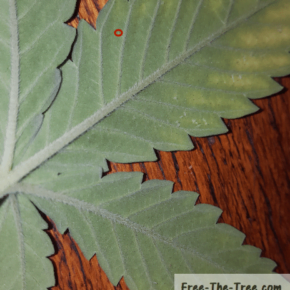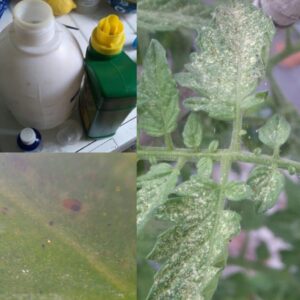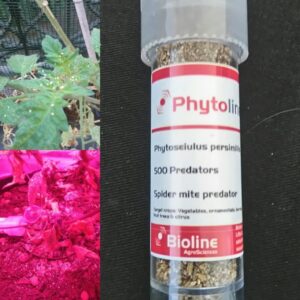Learning more about the Tetranychidae Family (aka Spidermites)
Characteristics of spider mites
As we said we personally had to deal with this issue, and spent sooooo much time searching on the internet for information. From Grow Journals to blogs, passing by sites selling products and our local grow shop, we searched everywhere for info, heard everything and it’s opposite.
After that struggle, we decided to regroup everything in one spot, here’s a list of the different characteristics, hope it helps out!
| SPIDER MITES | CHARACTERISTICS |
|---|---|
| FAMILY | Spider mites are part of the Tetranychidae family of Acari’s which includes over 1 200 different species.The most common types are the |
| ENVIRONMENT | Thrives in hot and dry environments |
| SIZE OF ADULT | An adult spider mite is under 1mm long, making it almost invisible to an untrained human eye. |
| LIFESPAND | Spider mites can live up to 2/3 weeks. |
| HATCHING AND SEXUAL MATURITY | Under optimal conditions (27°C/80°F):
On average 75% of newborns will be female. |
| REPRODUCING CYCLE | Spider mites become sexually mature in 3 to 5 days, after which they can lay up to 20 eggs a day. If the full life of a spider mite it will lay hundreds of eggs. |
| VISIBLE COLOUR | Depending on the type of mites they will be either:
|
| FERTILITY OF FEMALES | Once a male has fertilised a female she is fertile for life. Meaning that every day she can lay 20 more eggs without needing a male around. This is another reason why these little guys are so vicious |
| BIRTH OF MALES AND FEMALES | When mated, females avoid the fecundation of some eggs in order to produce males. Only fertilized eggs will produce females. Un-mated and unfertilized females still lay eggs that originate exclusively haploid males. Generally Spider mites will keep a nice balance of 75% Females and 25% in order to fully infest a plantation very quickly. |
| WHAT DO THEY FEED ON | Spider mites feed on the leaves by removing the chlorophyll (green pigment) with their stylet like mouth. This is why you see these white marks on the leaves, those area’s are deprived of chlorophyll, thus their green color.Keep in mind that a leaf without chlorophyll cannot participate in photosynthesis. |
| LEVEL OF DANGER FOR PLANTS | HIGH – This suckers will invade your place, at first slowly, but the more mites you have the quicker they invade. This is especially dangerous since the invasion in generally discovered when it’s too late. Don’t wait until they’ve conquered multiple plants, as soon as you spot that base leaf(s) get rid of it/them! (below for more on that) |
| PLANT INVASION CAPACITY | Spider mites invade by colonising and feeding on leafs. Being so small a single mite doesn’t cover much ground, a colony on the other hand… Once the leaf is covered, some of the female mites of that colony will migrate to a new leaf in order to feed on it.This happens much faster that you might expect, within the first rounds new-borns some of those little guys will go search for their own leaf.Generally they will stick to the same plant except if:
|
| SPEED OF SPREADING | For this let’s take back the numbers we gave you further up. 1 female mite can lay up to 20 eggs a day. In 8 days the 20 eggs have hatched, 75% of those are females and are ready to lay eggs. So:
If you remember right, the lifespand is of 2/3weeks. At the latest, when your first spider mite naturally dies, she will have given birth to a colony of over 6000 individuals, scary! As you can see the spreading is exponential, this is why you must identify and treat them quickly and swiftly, it’s no joke. The survival of your babies is at stake. |
| HOW DO THEY SPREAD | Coming soon |
| GENERA | Spider mites include over 1 200 species. The most common for marijuana growers are the If you want to know more on the different species of this type of mite, check out the Wikipedia page dedicated to them. |
| RESISTANCE TO TREATMENT | High – Spider mites are known to develop resistance very quickly. For example some individuals that aren’t killed or the eggs can become immune to whatever you used.It is important to have 2 different counter-measures, whether they’re organic or pesticides so that in case one individual has become immune you kill it in the second round. |
| PREDATORY MITES | The best predator are actually lady bud larvae’s; they will feed on the spider mites and their eggs and will not harm your plant. Introducing these insects within your ecosystem is a great counter-measure for spidermite infestations, especially for outdoor growers. |




















